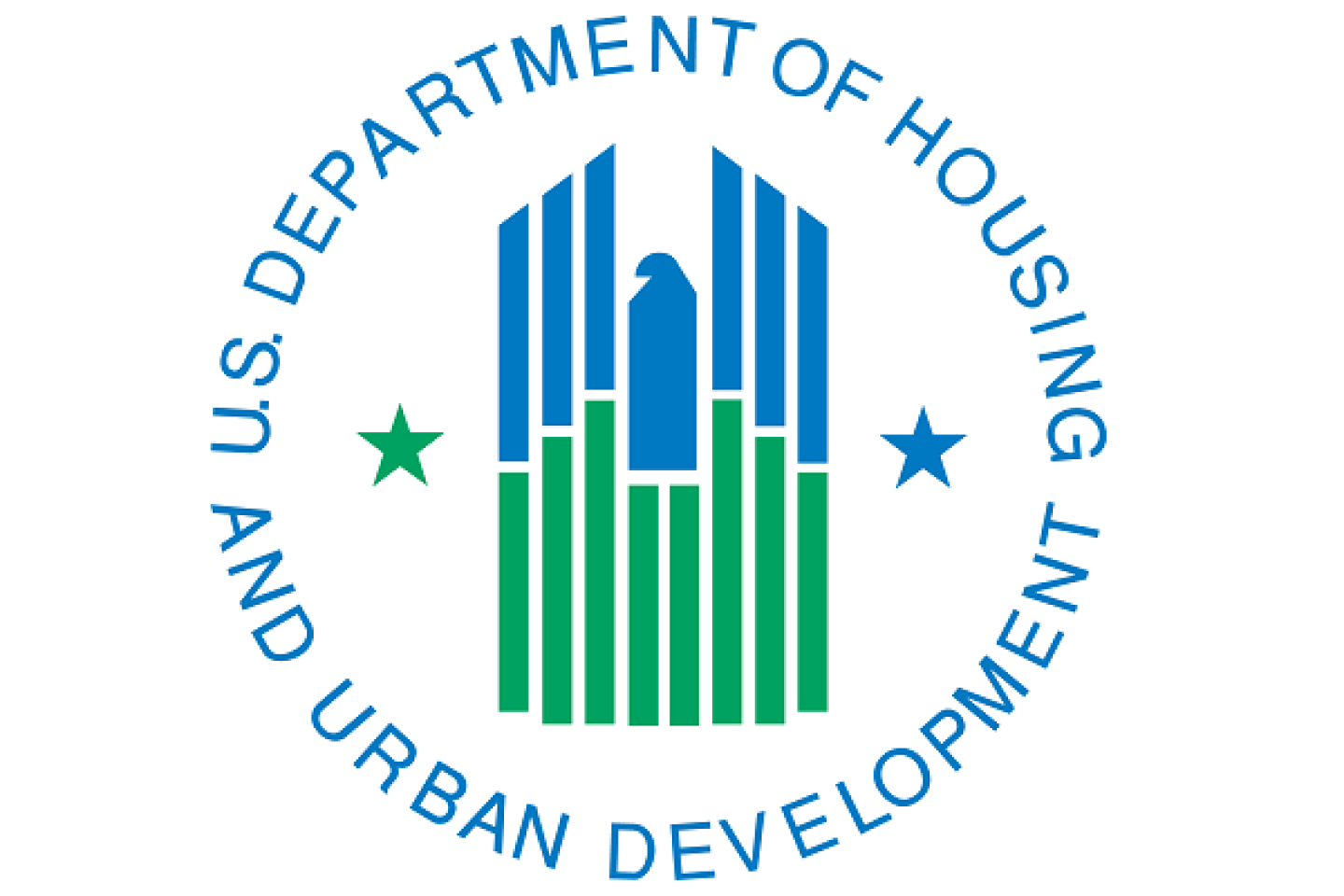HUD Releases 2020 AHAR Part 2. Here Are the Key Findings.
The Department of Housing and Urban Development (HUD) recently released the 2020 Annual Homeless Assessment Report (AHAR) Part 2, which provides data on the nation’s shelter system.
This report includes both 2019 and 2020 data. The 2019 data was delayed due to the pandemic. As a result, the data in this year’s AHAR Part 2 report is not directly comparable to previous reports. (AHAR Part 1 provides data on both sheltered and unsheltered homelessness. Click here to read 2020 AHAR Part 1.)
For the first time, the report provides year-long estimates for unaccompanied youth and people with chronic patterns of homelessness; and it was reviewed by technical assistance providers who have experienced homelessness.
The report reveals the impact of the COVID-19 pandemic, which drove many shelters to close or reduce their capacity and may have driven many people to avoid shelters out of public health concerns. Compared to 2019, fewer people (14% less) used shelters in 2020—but more people remained in shelters, suggesting they had trouble finding housing during the pandemic. The people who did use shelters in 2020, compared to 2019, had more acute needs and were more likely to have disabilities or be survivors of domestic violence.
The report also reinforces the disproportionate impact of COVID-19 and homelessness on Black, Indigenous, and People of Color (BIPOC). Between 2019 and 2020, households with a Black parent accounted for a smaller share (12%) of the U.S. population but a larger share (54%) of the shelter population.
Here are more highlights of the 2020 data:
- 1,253,000 people used emergency shelters, transitional housing programs, or safe havens.
- The vast majority (824,500) were adults with no accompanying children—which represents a 12% drop from 2019.
- About a third (417,000) were families with children—which represents an 18% drop from 2019.
- 93,000 unaccompanied youth used a shelter program.
- 185,000 people who used a shelter program had chronic patterns of homelessness.
- Black people accounted for 40% of the overall sheltered population and 35% of the sheltered population with chronic patterns of homelessness—but only 12% of the U.S. population and only 21% of people living in poverty.
- Indigenous people accounted for 5% of the sheltered population with chronic patterns of homelessness—but less than 1% of the U.S. population.



